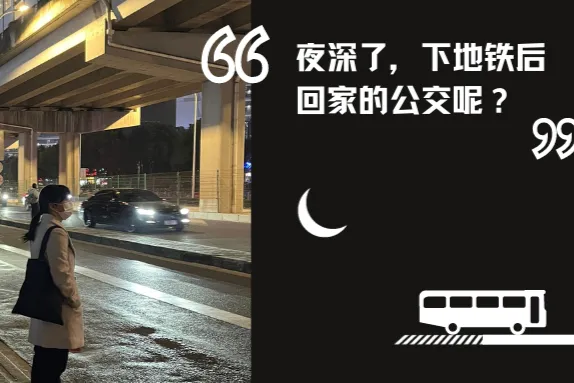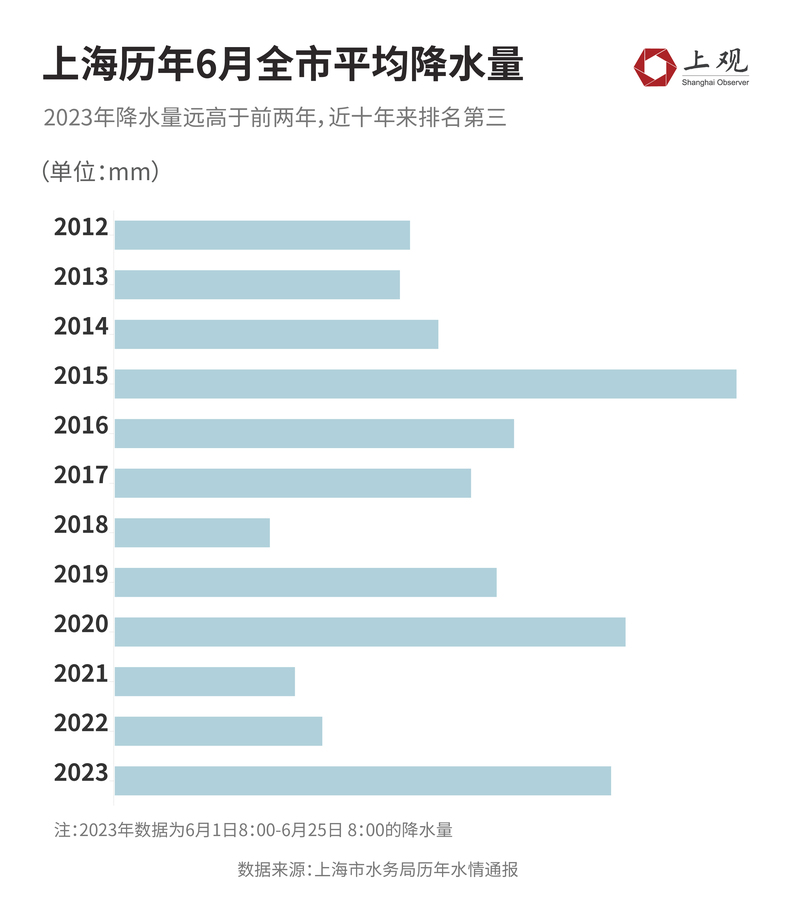The last train home has left..., get off the "worker line"
At 22:18 at night, the last bus of Route 1845 left Sijing Subway Station. At this point, the southbound bus operation of Sijing Station ended, and online ride-hailing and black motorcycles began to emerge...
Line 9 is called the "special line for migrant workers" in Xiaohongshu. Along the way, it passes through large residential communities such as Songjiang South Station Daju, Shebei Daju, Sijing Daju, Jiuting Community, and Caolu Daju. It also connects Caohejing Development Zone, Xujiahui, Lujiazui, Jinqiao and other centralized office locations.
According to 2023 data, Line 9’s average daily passenger flow can rank among the top three in the city, second only to Line 1 and Line 2. , and the flow of people at Sijing Station is also among the best on Line 9.
For those migrant workers who live in the suburbs and work in the city like migratory birds, if they work overtime or stay in the city for something, it may be 21:00 or even later when they arrive in the suburbs.
In order to answer this question, several students from Fudan University walked out of Sijing Station on Line 9 along with the flow of people returning late.
"Subway bus" is the transportation mode for suburban commuters
The bus station closest to Exits 3 and 4 of Sijing Station is called "Henggang Highway Sichen Highway Station". There are 191, 191 Line B, 191 Interval, Songjiang 46, Songjiang 48, and 1845 on the southbound platform. 6 bus lines.
The terminus of Songjiang Road 46 and Songjiang Road 48 is Sijing Bus Station 400 meters away, which can be ignored. Route 191, Route 191 Line B, Route 191 Interval, and Route 1845 are the four main lines serving Sijing Daju.
Among them, "Sijing 191 Road" ranks second among the most popular routes in the "subway bus" transfer mode. .
We conducted field observations on these four lines for five consecutive working days, and selected Monday with moderate traffic as the sample representative for analysis.
In terms of passenger flow, the southbound platform of Henggang Highway and Sichen Highway transported 512 passengers in one hour in the evening, which is a large traffic volume.
In terms of passenger flow structure, the "191 System" operated by the private Sun Island Company transports nearly 75% of the passenger flow at the station. This is related to factors such as the "191 System"'s dense frequency, long stop time, and coverage of more residential areas. .
Route 191 is the route with the largest passenger flow. The stops along this line cover most areas of Sijing Daju, including Runjiang Garden, Jingang Garden, and affordable housing areas Xinkai Homes and Xinkaicheng.
The directions of the other three lines are also generally similar. For example, Route 1845 also passes through communities such as Xinkai Homes, Sijing Xinyuan, Tanghe Homes, Runjiang Garden, and Jingang Garden.
If the observation is based on the ten-minute interval between Line 9 stations, the bus passenger flow shows a decreasing trend over time.
Why does this trend occur? Are there fewer people going home after ten o'clock? In fact, the more important reasons may be:
Among these four lines, except for Route 1845, which still has one train after 22:00, the last trains of the other three lines all ended their operations for the day before 22:00.
In contrast, the last subway of Line 9 passed through Sijing Station at 23:49, and Sheshan Station only sent away the last batch of passengers at 23:54.
As the last bus was running, Heimoji, taxis and online taxis slowly took on more connecting tasks, providing residents of Sijing Daju with a way to go home.
On the platform, Ms. Yang, a citizen, failed to get on the last bus home. Watching the last bus leaving with a load of passengers, she decided to walk home for more than 20 minutes. "It's a bit cold, but there's nothing to do at night...Taking a taxi is too expensive."
We noticed that among the 10 bus trips passing through the station from 21:00 to 22:00, the last bus of Line 191 B, the last bus of Line 191, and the 1845 bus arriving at 21:53 all had varying degrees of passengers failing to get on board. car phenomenon.
The evening bus connection problem in the Sijing area has been around for a long time.
In 2017, the second year after the opening of Route 191, some netizens commented on Baidu Tieba "Shanghai Bus Bar", "There are no night buses in Sijing. They disappear before 10 o'clock. You can't even take the bus after getting off the subway." , it’s really inconvenient.”
In August 2023, in the same post bar, in a post titled "Is the last bus time connecting the Sijing subway station reasonable?", a netizen replied, "Ten years ago, I complained about the evening rush hour and There’s a rush-hour disconnect among people coming off work.”
Although the Route 191 system has gone through many rounds of route changes, additions, and extensions of the last bus time since its opening, during the operation process, it will also increase service coverage and use methods such as "overtime buses", "shuttle buses", and "conscious late departures". Service efficiency, but still cannot keep up with the continuous delays in subway operating hours.
To a certain extent, Line 9 is the epitome of a “city-to-suburb” rail transit line.
According to the time-sharing passenger flow in and out of the subway stations, the subway travel in the five major new cities shows the typical tidal characteristics of "more entry into the station in the morning peak and more exit in the evening peak".
Most of the passengers at these stations live in relatively large residential areas in the suburbs, which are still some distance away from the subway station. Therefore, their travel relies on interline travel involving a variety of transportation modes, among which the interline travel mode of "rail transit bus" is used. The most common.
Nowadays, the operating hours of subways are getting later and later, but at least 6 of the 13 suburban "Daju" we surveyed face the problem of no bus coverage at all part of the time. Only two stations, Qingpu Huaxin and Qingpu New Town, " The buses in "Daju" have reached the level of fully covering the last train of the subway.
Searching for the keyword "Shanghai bus last bus" within the public scope of the Weibo platform, there are many voices calling for time adjustment, delayed operation, and increased frequency. The areas with the highest frequency of occurrence are suburbs such as Songjiang, Pudong, Fengxian, and Jiading.
In these blog posts, people shared their experiences of working and playing in the city, and then "running non-stop to the bus stop just in time to witness the last bus leaving."
How to solve the bus connection problem for people returning home late?
Route 1843, which operates until early morning at Jiuting Station, and Songjiang Route 97, which serves "Daju" in Shebei, are more typical.
On the north and south sides of the "Jiuting Metro Station" bus station located on Husong Highway, there are bus lines to Jiuliting Street and Jiuting Town. We see here that around 22:30, after most lines close, there are still buses 1840 and 1843 on the north platform that can still transport passengers to Jiuliting Street. The two lines will not end the day until 23:33. operations.
With the further development of Shanghai's five new cities, more and more young people will settle in large residential areas in the suburbs. They may take the subway after 22:00 because of overtime work, gathering with friends, or a concert.
And when they arrive at the subway station in the suburbs, they may need a bus to solve the "last mile".
Therefore, in some large stations with large passenger flow in the suburbs, whether public buses and private buses can complement each other in time and space and serve together may be an idea to solve the problem of white-collar workers returning home late.
On the first working day after the Spring Festival holiday, the daily passenger flow of Shanghai subway reached 8.748 million, ranking first in the country, opening a new chapter in commuting.
During the Spring Festival, the delay of the subway lit up the beacon for "people returning home at night". In the process of continuous adjustment and improvement, perhaps in the future more "people returning home late" who get off the subway from the suburbs will also wait for a bus to go home. Bus.
This article is an assignment for the "Data Analysis and Information Visualization" course at the School of Journalism, Fudan University
Instructors: Zhou Baohua, Cui Di, Lan Xingyu


![Which of the three provinces and one city has the best hairy crabs? [Numbers on the Yangtze River Delta] Yangcheng Lake is not the boss](https://a5qu.com/upload/images/77ca40d9917fdc5ec00bd64b863dc993.webp)


